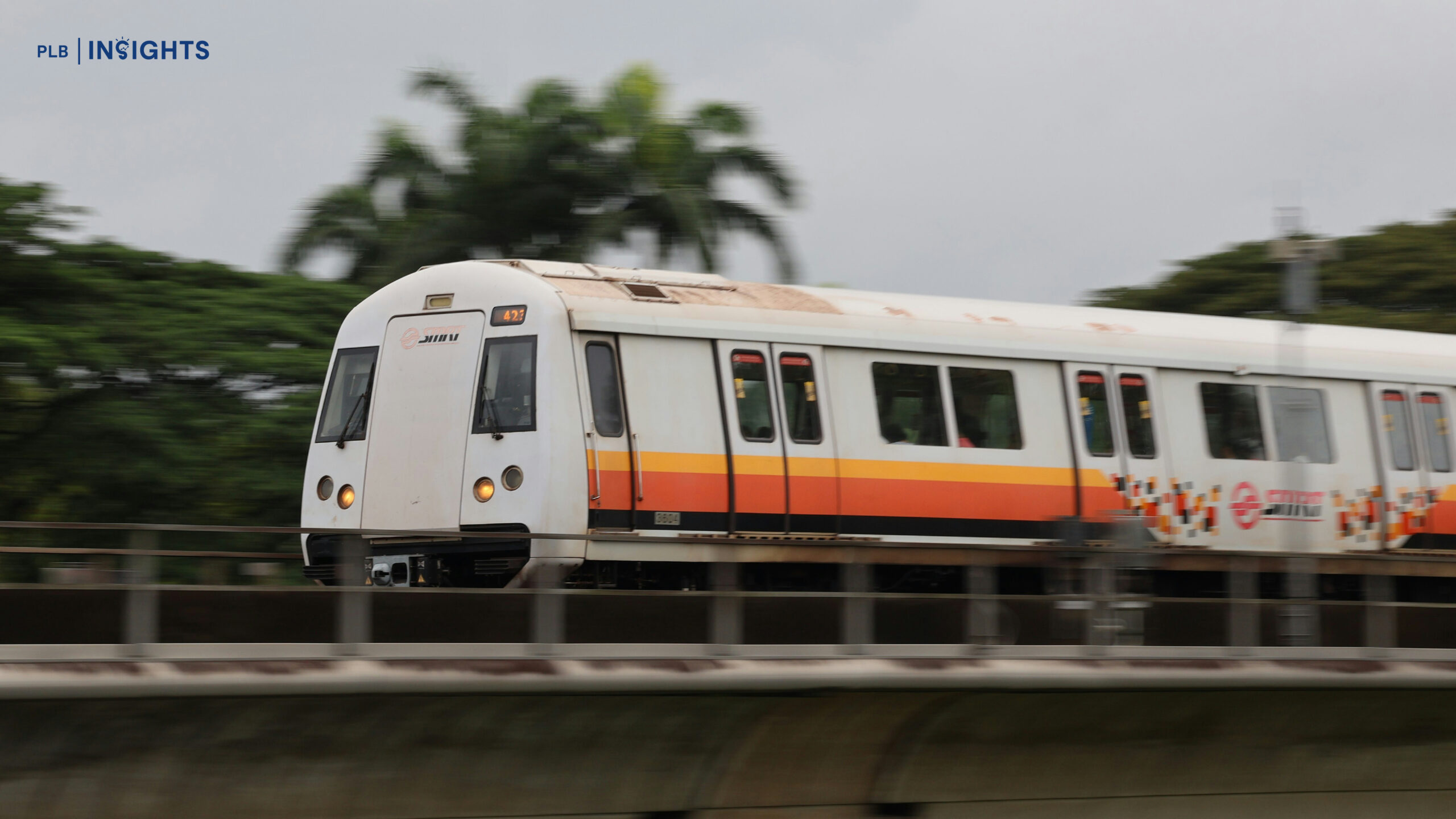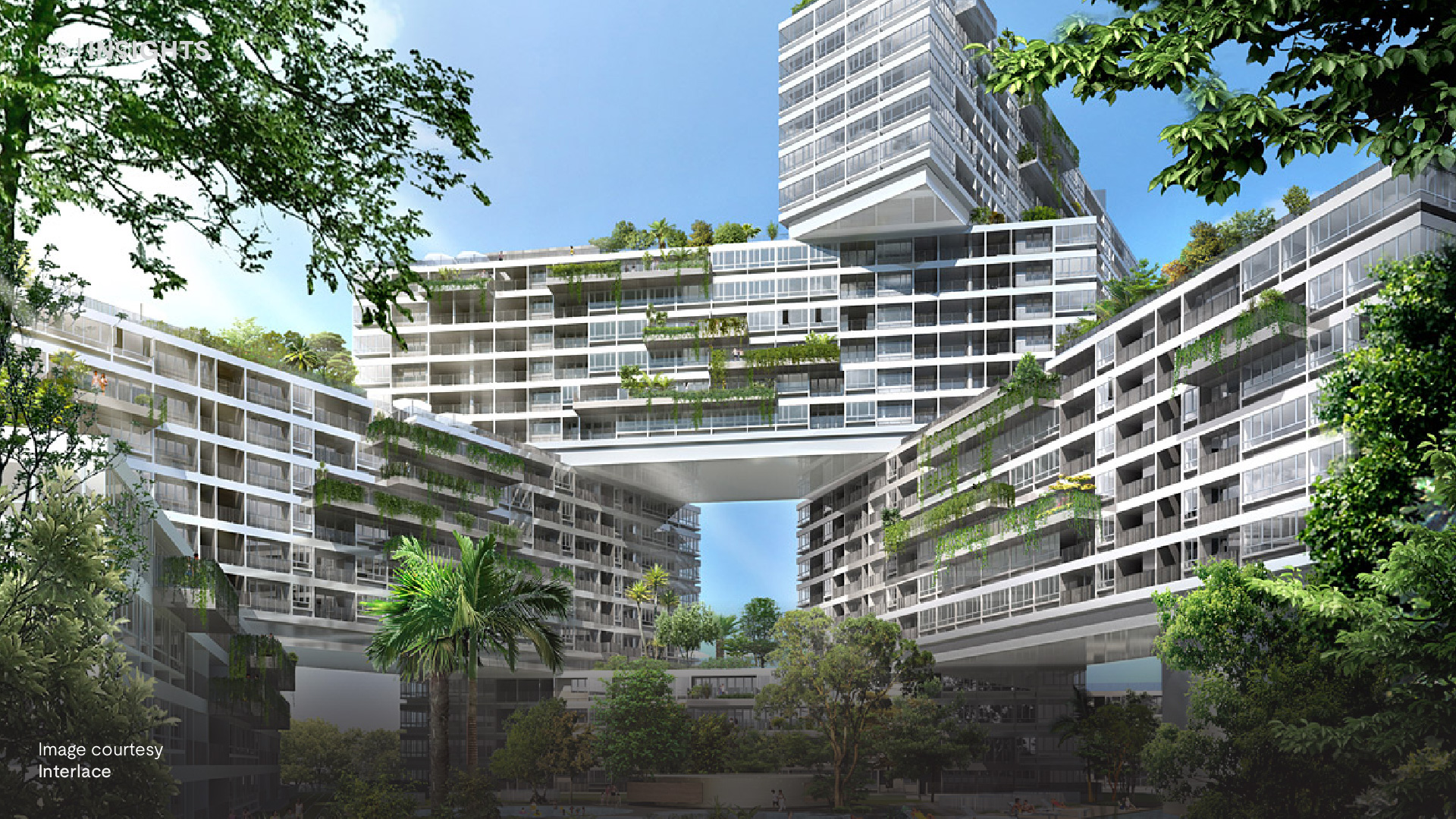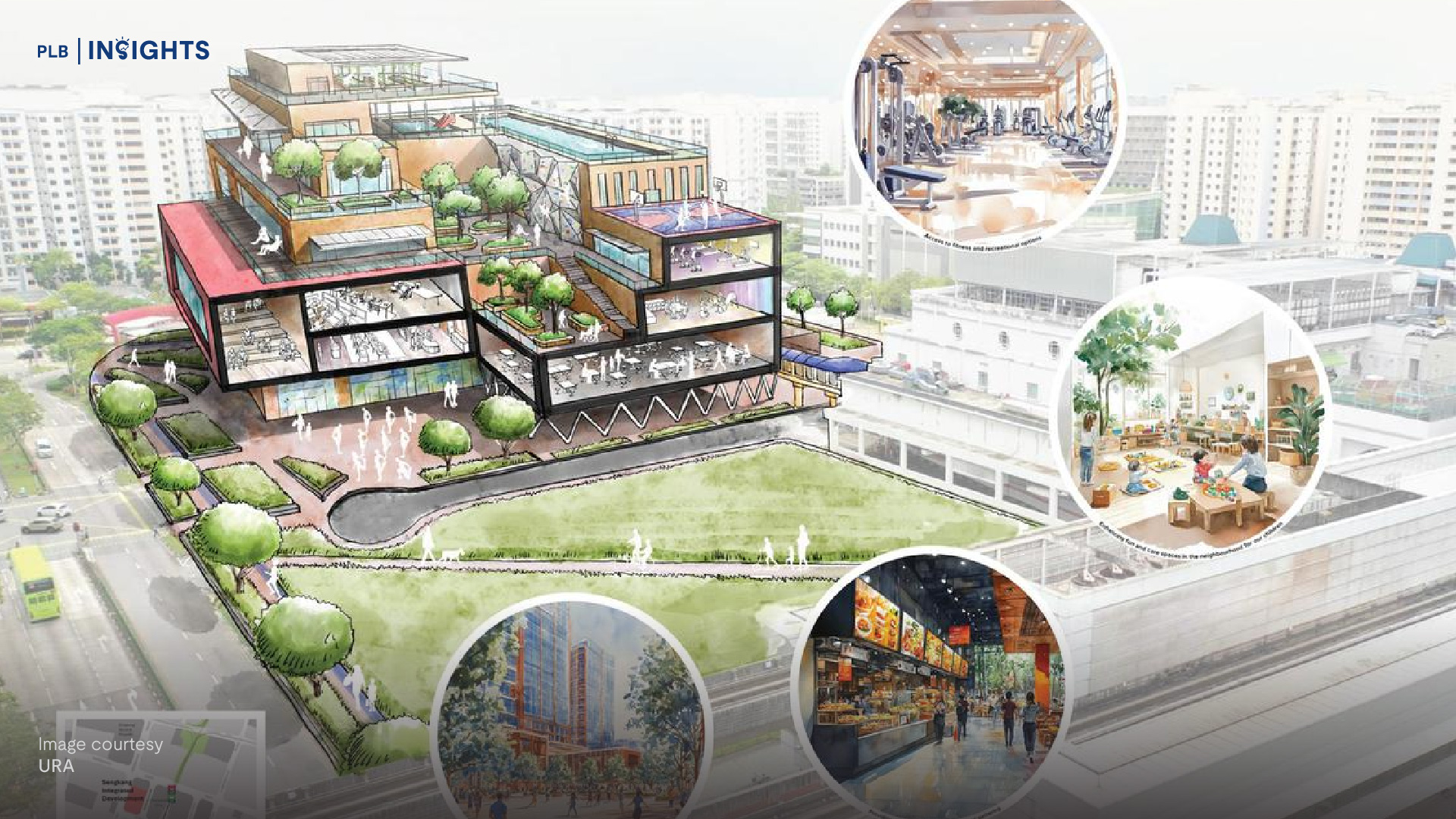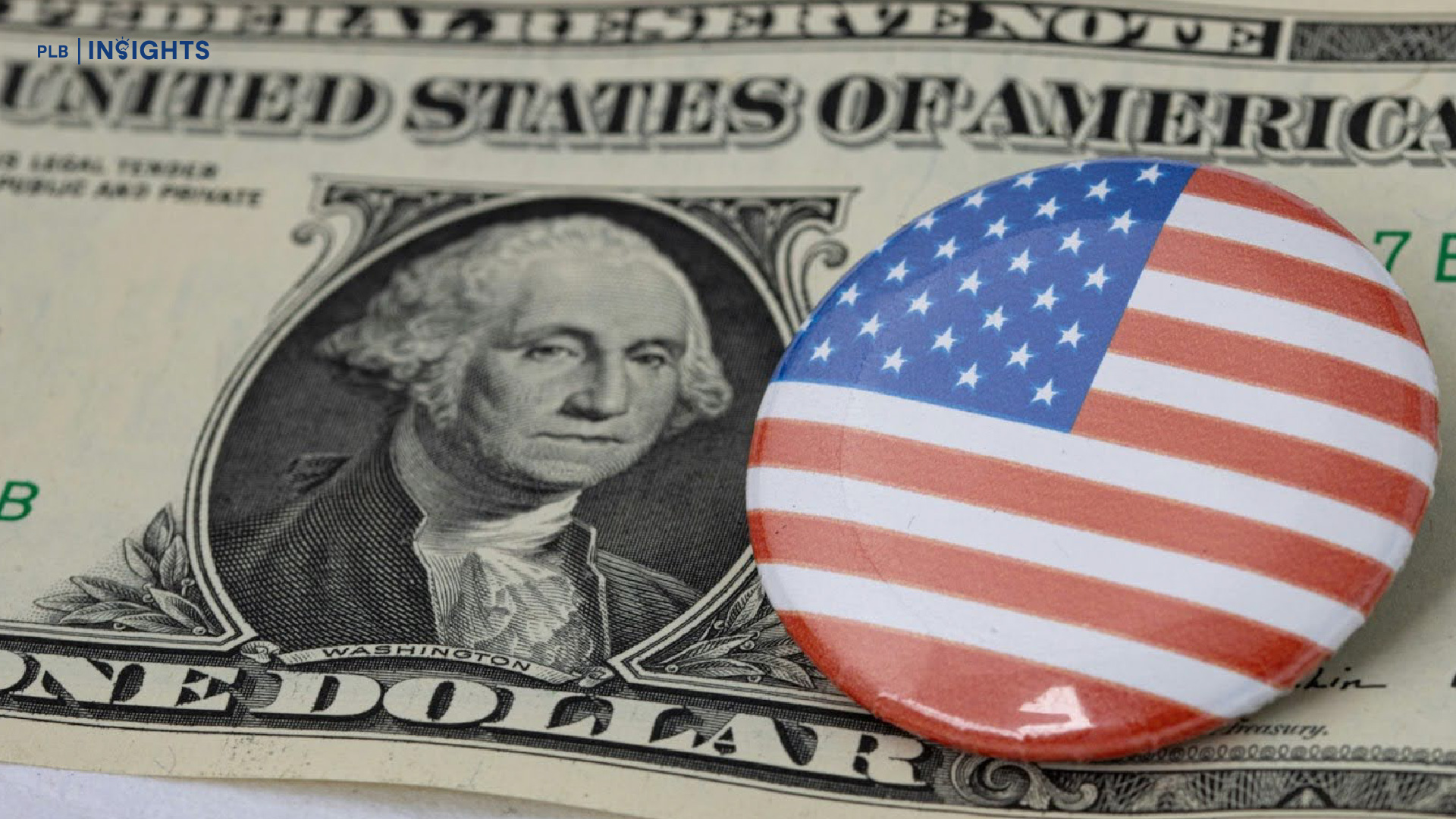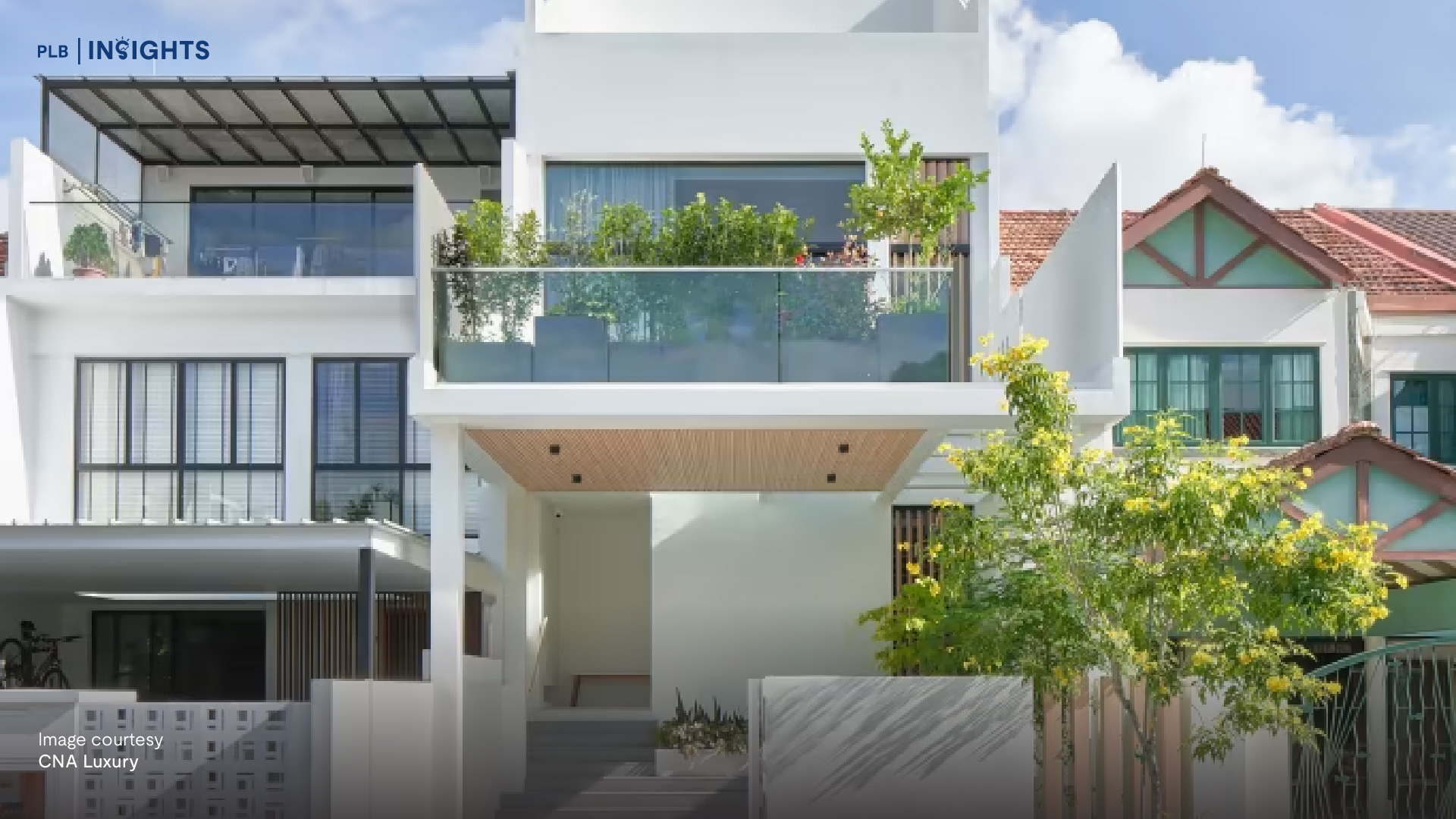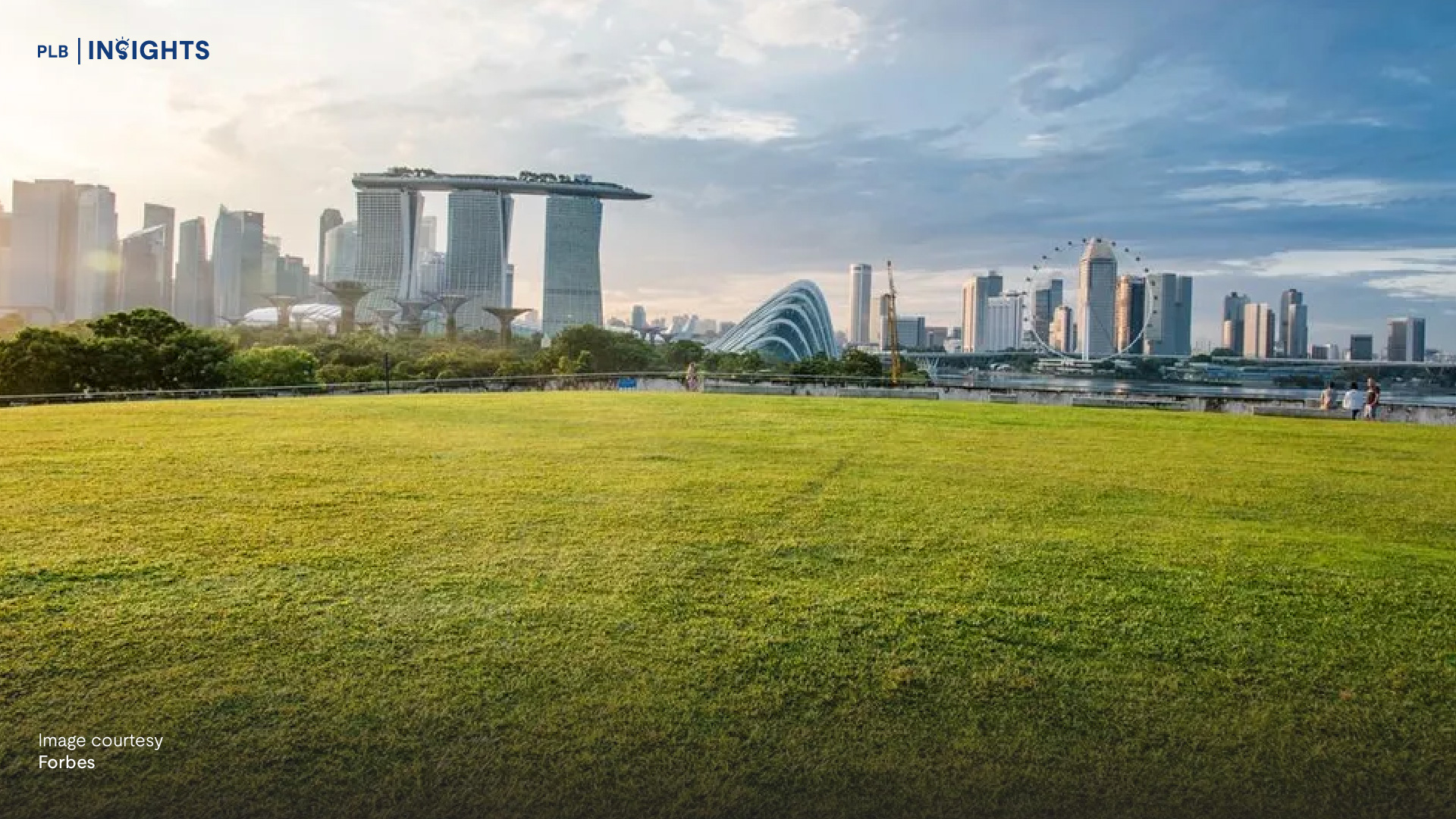
The condo resale market has been experiencing strong growth across all districts in Singapore in recent quarters. Overall year-on-year prices increased by 5.8% over April 2020. Specifically, the Core Central Region (CCR) by 2.6%, the Rest of Central Region (RCR) by 5.5% and Outside of Central Region (OCR) by 7.3%.


Taken from SRX April 2021 Non-Landed Private Resale Report with summary data from SRX.
We are also observing 11-year highs in volume of transactions — more than five times compared to a year ago. A strong price and volume increase indicates that there are plenty of motivated buyers looking to buy and enter the real estate market as soon as possible.
Furthermore, macro trends across Singapore and across our borders may also be pushing property prices higher. So, is now the time to buy? Let’s take a closer look at some trends we see the real estate market moving towards in our post pandemic world.
1. Low Interest Rates
As the world continues on its economic recovery from the Covid-19 pandemic, Fed interest rates have been kept low at near zero. These interest rates influence the Singapore Interbank Offered Rate (SIBOR) where Singaporeans witnessed a cut from 1.9% in June 2019 to 0.25% a year later in June 2020.
Low interest rates aim to stimulate the economy, increasing affordability and hence encouraging buyers to make bigger purchases. As the economy inches towards recovery, interest rates are likely to remain low, making borrowing cost for mortgages affordable. Cheap financing has incentivised buyers who have liquid cash flow to invest in real estate properties, consequently increasing property prices.
At the same time, the fear of impending rising interest rates also prompts buyers to enter the market sooner rather than later, in order to lock in the low rates for the next few years.

Historical SIBOR chart from June 2019 to June 2021 from https://sibor.sg/history
2. Increase in demand for larger units
Globally, real estate prices post pandemic have been on a steady increase, mirrored by an increased interest in real estate locally. And as our living arrangements react to changing policies about work, the work-from-home situation has encouraged a preference and demand shift towards larger units.
After Covid-19 passes, it is likely that work-from-home arrangements will be here to stay. Larger homes such as four-bedders, landed properties, penthouses and ground floor units have been increasingly in demand as buyers look to increase the sizes of their homes to accommodate home offices.
3. Core Central Region approaching its prime
Based on our observation, the Core Central Region (CCR) of Singapore has yet to surpass its past peak pricing due to the transitory economic effects of Covid-19. But as the economy reopens, prospects for CCR residential are looking up this year.
Furthermore, as prices in the Outside Central Region (OCR) and and Rest of Central Region (RCR) continue to spike, buyers are increasingly less willing to pay up to $1,800 to $2,000 per square foot (psf) prices for properties in those areas, especially considering there are now similar options in the more prestigious CCR. This has motivated resounding response for CCR properties in Districts 9, 10 and 11 this year.

And in the first four months this year, there are indications that buyer demand is picking up in the CCR private resale market. Soon, this demand will no doubt translate to price increases, so it’s becoming a question of whether buyers miss the boat.

Transaction volume in CCR, RCR and OCR, Jan-Apr 2021

Median resale psf price in CCR, RCR, OCR, Jan-Apr 2021
4. Singapore in the limelight
Singapore has also gained international attention ever since Covid-19 pandemic. Despite high Additional Buyers’ Stamp Duty (ABSD) rates, foreign clients remain undeterred and continue to find ways to buy Singaporean properties. Here, we attribute this faith in the Singapore economy to our gain in currency strength post pandemic compared to our counterparts.
Investors also value our government’s strong and fastidious response to Covid-19 as well as a general reputation for being highly effective with low corruption. Viewing Singapore as a safe and reliable haven to fund their assets, foreign clients are purchasing local properties under their PR children or buy in trust as an asset for their Singaporean children.
5. Developments in the URA master plan
Despite the pandemic, we have seen a determination by the government to adhere to the 2019 URA Master Plan, which governs land use in Singapore for the next 10 to 15 years and serves as a roadmap to guide future development. MRT lines continue to be built and regional plans such as the Punggol Digital District and one-North continue to get priority funding from the government, instilling confidence to homebuyers and investors in Singapore.
6. Singapore has become an increasingly self-sustainable market
In the past couple of years, even with the nine rounds of cooling measures, more than 90% of the people buying our private properties and landed properties are local Singaporeans. In the past, many buyers believed the private market to be supported by foreigners and permanent residents, and were worried about the ABSD implementation. But despite many rounds of cooling measures witnessed in Singapore from 2013 till 2018, majority of the buyers remain locally driven.

Buyer profile – The Avenir

Buyer profile – The M

Buyer profile – Midtown Bay

Buyer profile – 15 Holland Hill

Buyer profile – One Holland Village Residences

Buyer profile – Haus on Handy
The buying power of Singaporeans bodes well for the real estate market in Singapore, where increasing earning power and profits from HDB flats have enabled Singaporeans to upgrade to private properties. Profits from these mass market condominiums in turn incentivise buyers to consider homes in the CCR and RCR. Here, we witness good social mobility, characteristic of a mature real estate market.
7. Increased cash flow motivating spending
Due to the US $9 trillion stimulus package introduced to address the economic impacts of Covid-19, close to 22% of all US dollars in circulation today were printed in the past year. These measures, called Quantitative Easing, have the potential to affect both the nominal and absolute value of currency strength in US dollars.
Consequently, a non-investor who leaves their cash in the bank risks a 15% depreciation year-on-year, driving many retail and institutional investors towards more risky assets, such as stocks and cryptocurrency. A stronger incentive to beat the inflation coupled with employment levels closing in towards pre-Covid levels, point towards higher levels of spending and a rise in inflation. With the gains from these volatile markets, cashing out assets to invest in more tangible, less volatile income-generating assets like real estate is to be expected.
Impeding inflation expectations also favour the purchase of durable, physical goods such as real estate, which is widely acknowledged to be a good hedge against inflation. Inflation over time also makes property loans more affordable in retrospect. As the value of the Singapore dollar declines due to inflation, the value of the outstanding loan also declines.
8. Market has strong resilience against cooling measures
Finally, buyers continue to show strong appetite for the housing market, even in the face of the government’s many rounds of cooling measures. In 2013 when the most significant cooling measures were introduced, prices for non-landed SRX Property Index fell by 7% (from 175) but recovered by 2018 and is now closing in on a 14% increase (200) since 2013.
Our healthy appetite for homeownership which has withstood all nine rounds of cooling measures along with the pandemic point to a healthy market. A similar trend is seen for HDB and landed property indices as well, although not as pronounced. From this we see that even drastic measures cannot dampen the appetite for non-landed properties.
Moreover, the recent surge in property prices during the pandemic has prompted more fears that the government will introduce further measures to cool the market. This has further encouraged buyers to enter the market sooner rather than later.
So, is now the time to buy?
With positive market trends drawing more and more buyers into the real estate market, the post pandemic world looks to be an attractive one for homebuyers and property investors alike. With the introduction of new economic policies, changing work patterns as well as a maturing local market, eligible buyers may look into getting a home sooner rather than later, especially with talks of another round of cooling measures should the market continue to heat up.
However, as always, it’s always prudent to approach property buying with a clear strategy and an action plan, and not be swayed by the fear of missing out (FOMO).
For more information, do approach your property agents, or contact our PropertyLimBrothers market specialists to help you further along your journey.







